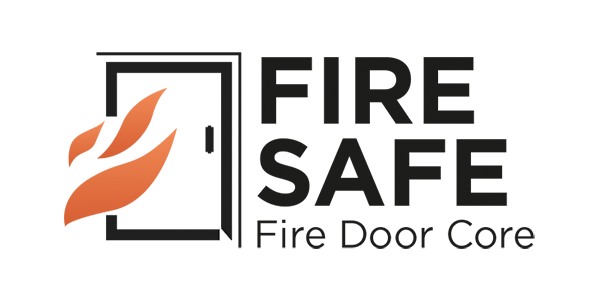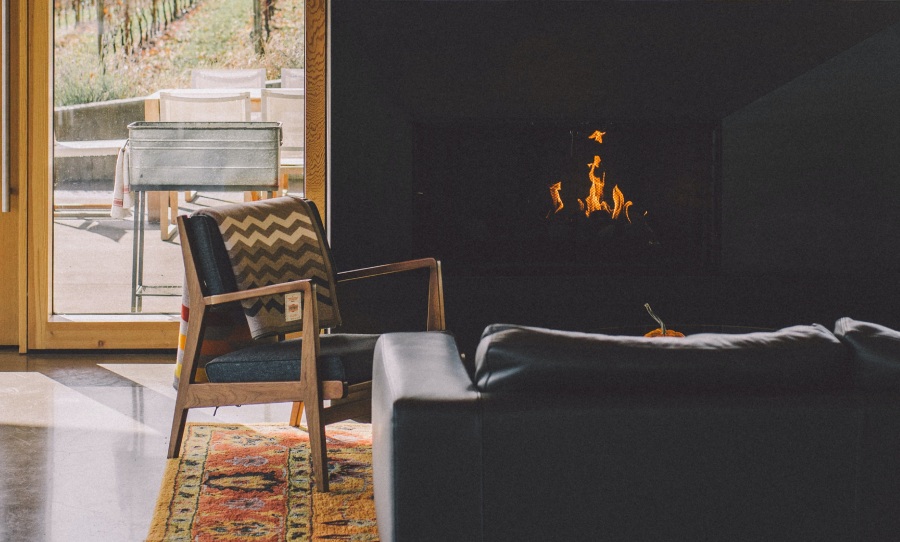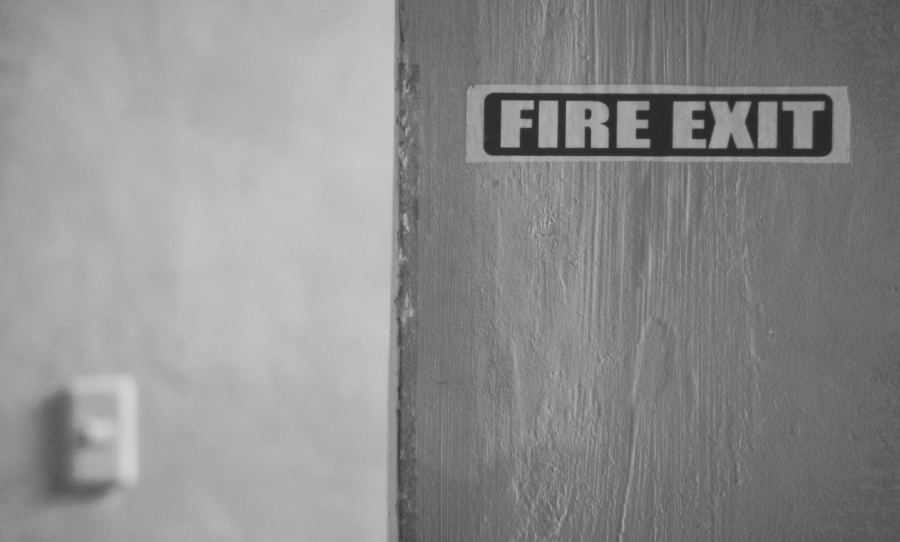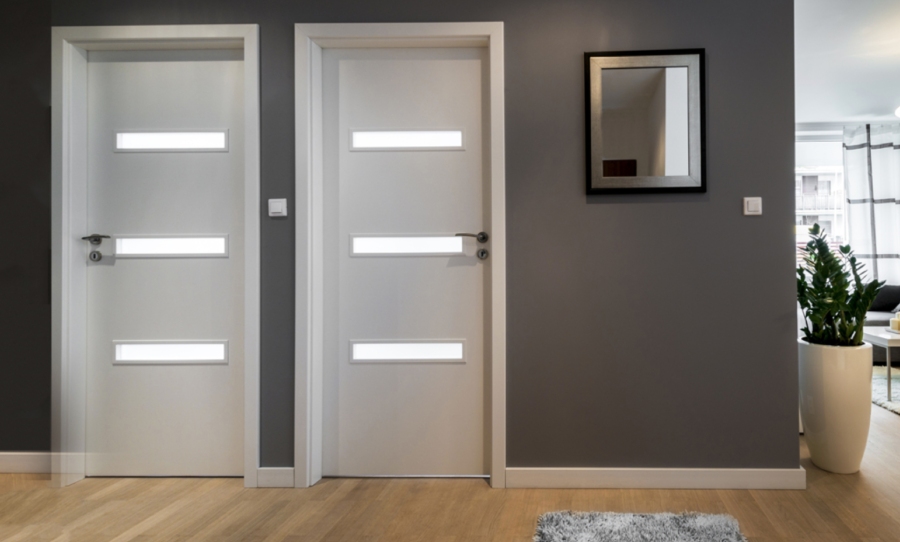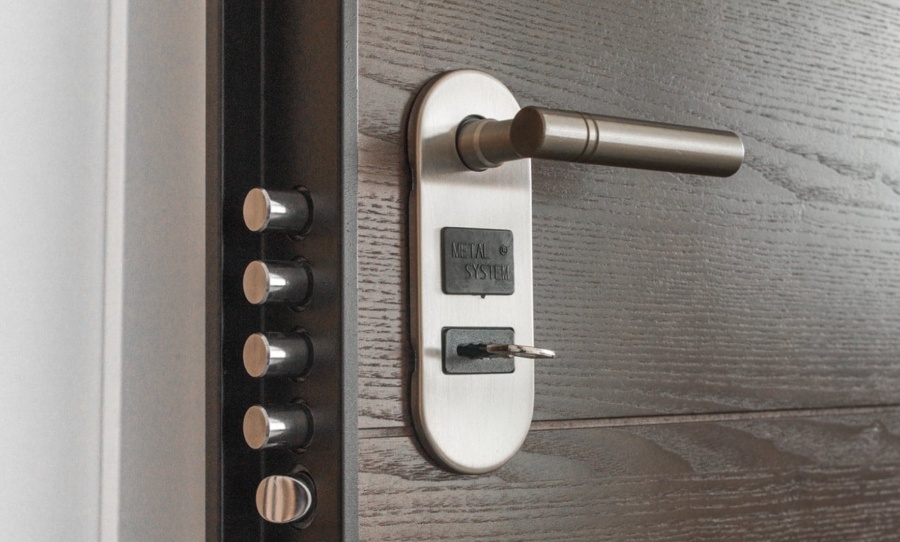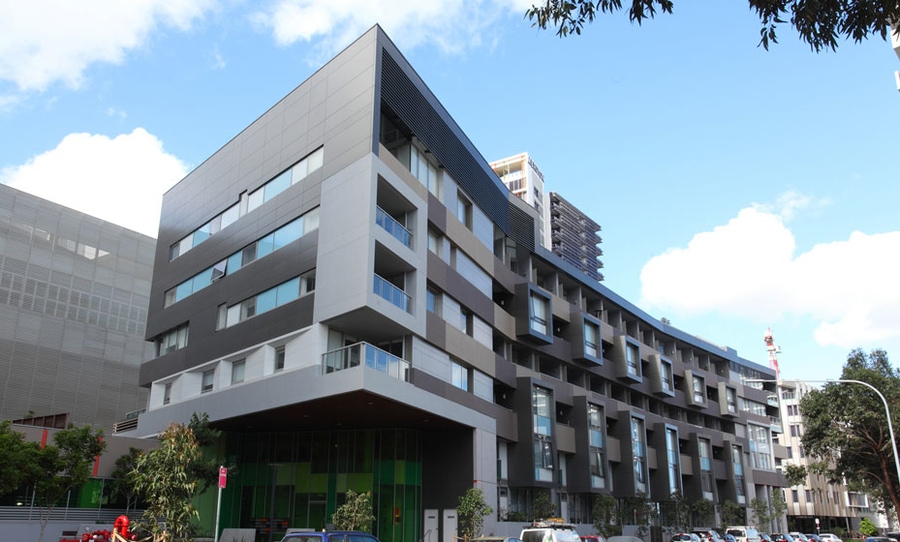Fire doors vs smoke doors – spot the difference
Fire doors and smoke doors offer protective barriers during fires, but in different ways. How can you tell which is which?
When installed and monitored effectively, quality-built fire doors and smoke doors offer crucial barrier protection in the event of building fires. However, the two doors are designed to protect buildings and residents in different ways.
For starters, smoke doors are built to block out smoke, as well as flammable items. On the other hand, fire doors are built to slow down and prevent the spread of flames by keeping them partitioned. For those of you who may be unaware of their different characteristics, it can be hard to tell which is which. Here are three elements to look out for.

1. Check the certification label
To comply with fire safety regulations, fire doors and smoke doors must be clearly labelled to aid with differentiation. Check for the certification label, which would likely be on the top corner of the door leaf.
2. Identify the different materials
Smoke doors generally comprise wood, steel and aluminium. They’re designed to last only a certain amount of time, and may need more maintenance. Fire doors, however, comprise materials that are flame-resistant, so that they maintain durability and effectiveness for longer periods of time.
3. Spot the protection features
Smoke doors are fitted with specialty seals. These seals are designed to protect people by activating as soon as a smoke detector goes off. Fire doors on the other hand are fitted with different features, such as a fire-resistant sealant, which is designed to keep the door shut during a fire, to prevent the flames from spreading further across the building.
Have a fire door related enquiry? We’re happy to help. Contact Fire Safe Doors at [email protected] or call (02) 9070 0732, and we’ll work through a plan for your needs.
